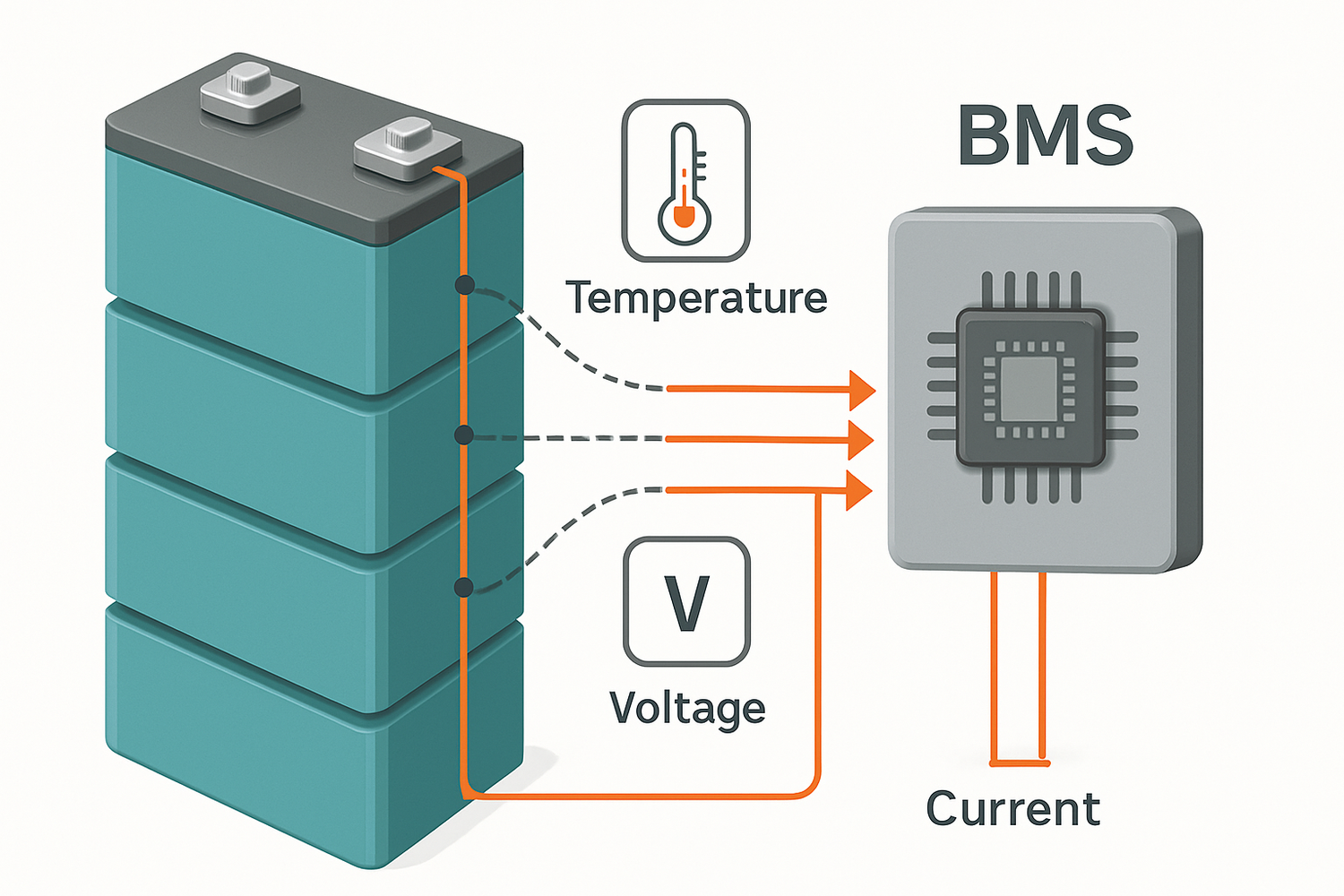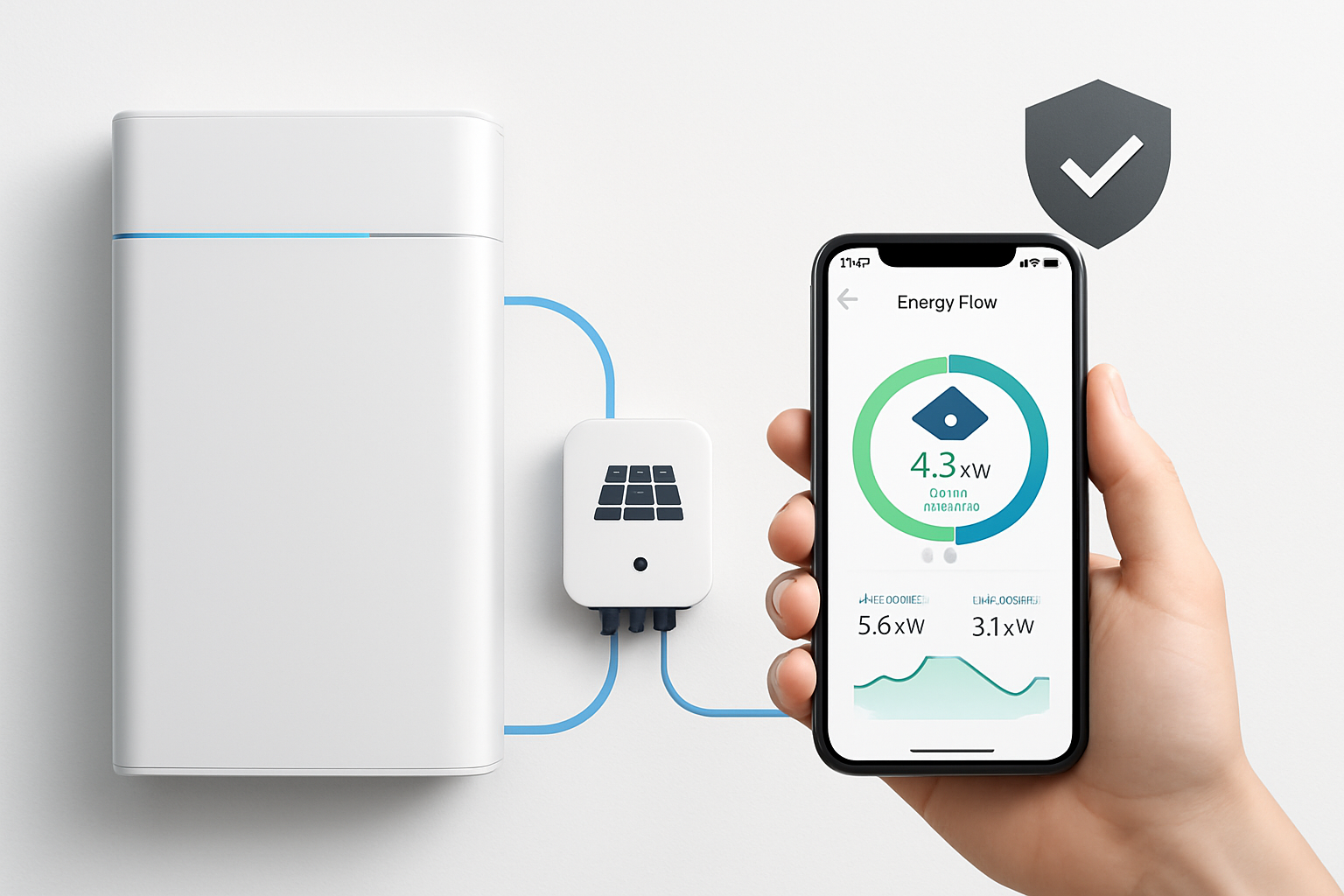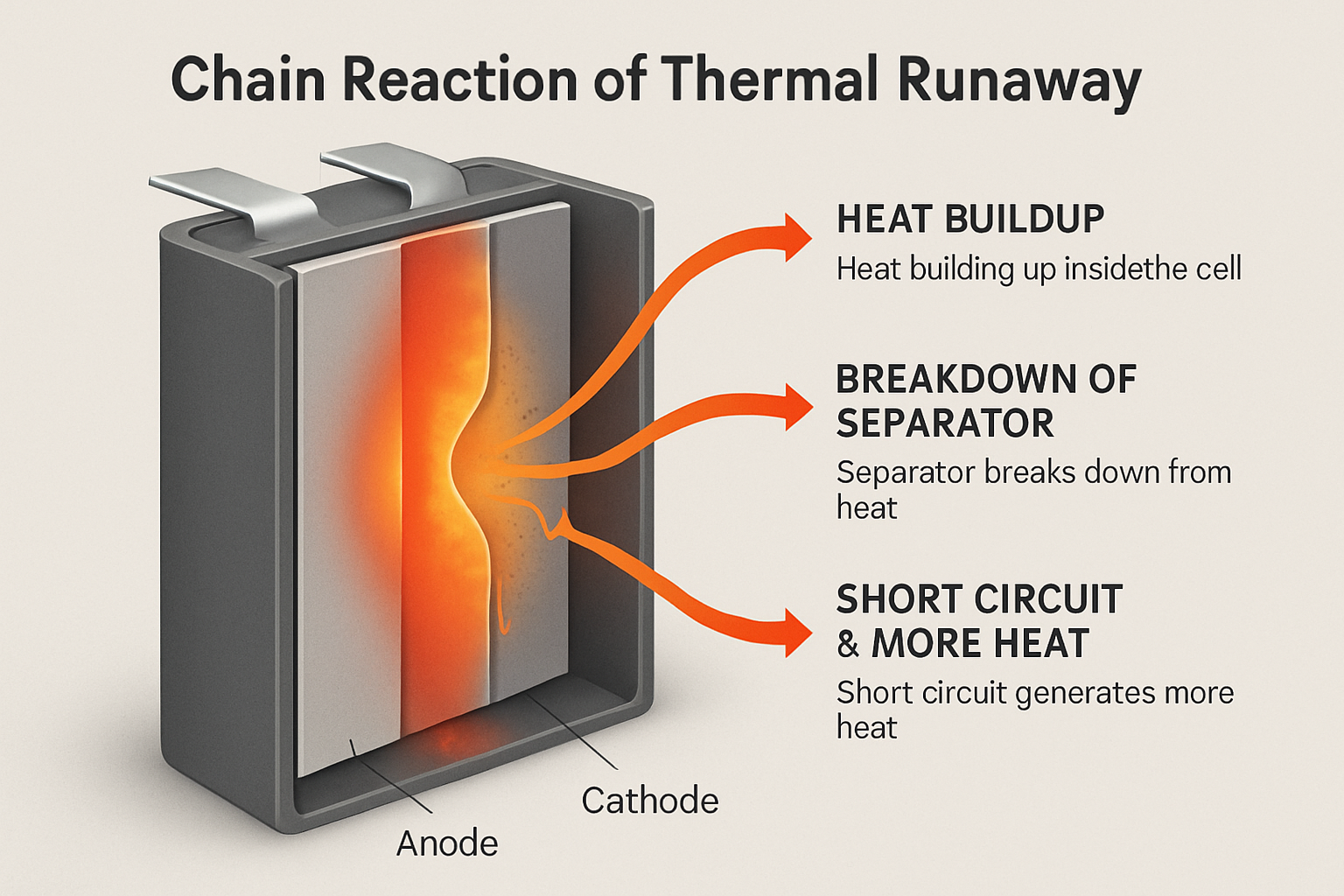Embracing a residential energy storage system is a significant step toward energy independence. Storing solar power for use during peak hours or outages provides both economic and practical benefits. As these systems become more common, understanding the fundamentals of homeowner battery safety is essential. Modern energy storage solutions are engineered with multiple layers of protection, but awareness and proper handling are key to ensuring long-term security and peace of mind.
Understanding the Core of Home Battery Safety: Chemistry Matters
The foundation of a safe home energy storage system lies in its core chemistry. Different types of lithium-ion batteries offer varying profiles of performance and stability. For residential applications, one chemistry stands out for its robust safety characteristics.
Why LiFePO4 is a Preferred Choice
Lithium Iron Phosphate (LiFePO4) batteries are widely recognized for their exceptional stability. The strong chemical bonds within LiFePO4 make it inherently less prone to thermal runaway compared to other lithium-ion chemistries like Nickel Manganese Cobalt (NMC). Thermal runaway is a chain reaction where a battery cell overheats uncontrollably. LiFePO4 batteries have a significantly higher temperature threshold before this process could even begin, making them a more resilient and secure option for a home environment.
The Role of the Battery Management System (BMS)
Every modern battery storage system is equipped with a Battery Management System (BMS). This onboard computer acts as the brain and guardian of the battery pack. The BMS continuously monitors critical parameters such as voltage, current, and temperature for each individual cell. If it detects any reading outside of safe operational limits—such as a potential overcharge or overheating scenario—it will automatically shut down the system to prevent damage and mitigate any potential home energy storage hazards. This intelligent oversight is a fundamental safety feature in all certified residential battery systems.
Professional Installation: The Foundation of a Secure System
While choosing a safe battery chemistry is the first step, the quality of the installation is equally critical. A residential battery system is a sophisticated piece of electrical equipment that must be integrated correctly into your home's electrical panel. This is not a DIY project.
The Dangers of Improper Installation
Attempting to install a home battery without professional expertise introduces serious risks. Incorrect wiring can lead to short circuits, creating a significant fire hazard. Poor ventilation can cause the system to overheat, and failure to comply with local electrical codes can result in failed inspections and unsafe operation. Moreover, most manufacturers' warranties are contingent upon installation by a certified professional.
Certifications to Look For
A key indicator of a safe and reliable product is its certification. Look for systems that are certified to UL 9540. This is a comprehensive safety standard for energy storage systems that ensures all components—the battery, inverter, and control systems—work together safely. According to a report by the The Power of Transformation, the integration of various system components is a key aspect of modern energy technology. An additional standard, UL 9540A, is a test method used to evaluate thermal runaway characteristics, providing further data on how a system behaves under extreme conditions.
Siting and Environmental Considerations for Your Battery
Where you place your battery system has a direct impact on its safety and longevity. A qualified installer will perform a site assessment to determine the optimal location, but homeowners should also be aware of the key principles.
Finding the Right Location
The ideal location for a residential battery system is a well-ventilated area with a stable temperature, such as a garage or utility room. It is crucial to avoid installing batteries in living spaces or sleeping areas. The system should also be kept clear of flammable materials and be protected from potential physical impacts, such as a vehicle in a garage.
Managing Temperature and Humidity
Batteries operate most efficiently and safely within a specific temperature range, typically between 15–30°C (59–86°F). While the BMS provides protection against overheating, placing the unit in a location that avoids extreme heat, direct sunlight, and high humidity is the first line of defense. Proper placement helps ensure optimal performance and extends the unit's operational life.
Ongoing Monitoring and Maintenance for Long-Term Safety
Modern residential energy storage systems are designed for low maintenance, but they are not 'fit and forget' devices. Simple, regular checks can ensure your system continues to operate safely for years.
Regular Visual Inspections
Periodically, take a moment to visually inspect your battery system. Look for any signs of physical damage to the casing, check that connections are secure and free of corrosion, and ensure that ventilation ports are clear of dust or debris. If you notice anything unusual, such as a strange odor or noise, contact your installer immediately.
The Importance of Performance Metrics
Paying attention to your system's output via its monitoring software can also provide clues about its health. A sudden or significant drop in performance could indicate an underlying issue that requires professional diagnosis. As detailed in the ultimate reference for solar storage performance, tracking metrics like charging efficiency and depth of discharge helps you understand your system's behavior. Consistent performance is a good sign of a healthy and safe system. The EERE Success Story—Empire State Strikes Back project highlights how proper system design and technology integration are crucial for both resiliency and safety.
Your Safety Action Plan
Securing your energy independence with a home battery system is a smart investment. Protecting that investment—and your home—comes down to a few key actions. Start by selecting a system with inherently safe LiFePO4 chemistry. Always rely on a certified professional for installation to ensure compliance and safety. Work with them to choose a suitable, well-ventilated location away from living areas. Finally, conduct simple visual checks and monitor your system's performance. These straightforward steps empower you to manage your residential energy storage system with confidence and security.
Frequently Asked Questions About Home Energy Storage Safety
Can a home battery system catch fire?
While any electrical device carries some risk, modern residential energy storage systems, particularly those using stable LiFePO4 chemistry and certified to UL 9540, are designed with extensive safety features to make fire events extremely unlikely. The combination of stable materials, a robust BMS, and professional installation creates multiple layers of protection against battery storage fire prevention.
How do I know if my battery is overheating?
Your system's Battery Management System is designed to prevent overheating. In an unusual event where temperatures rise, the BMS will typically shut the system down and may send an alert to your monitoring app. Physical signs like excessive heat from the unit or unusual smells are rare but warrant an immediate call to your installer.
What maintenance does a home battery require?
Most residential battery systems require very little hands-on maintenance from the homeowner. The primary tasks involve keeping the unit and its surrounding area clean and clear of obstructions and performing occasional visual checks. It is often recommended to have a professional installer perform an annual inspection to run diagnostics and ensure everything is functioning optimally.





Leave a comment
All comments are moderated before being published.
This site is protected by hCaptcha and the hCaptcha Privacy Policy and Terms of Service apply.